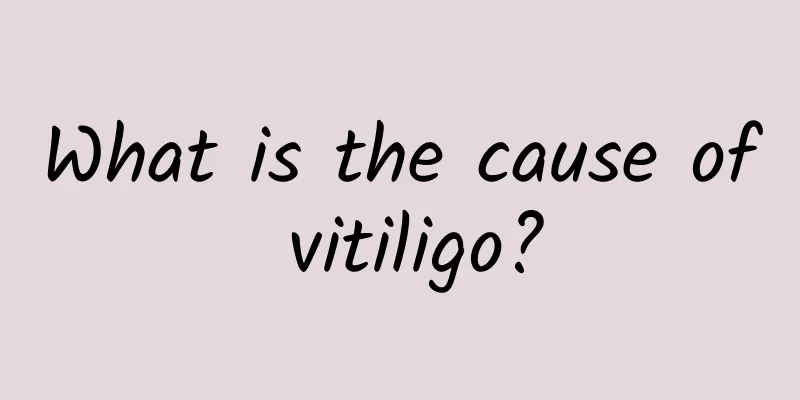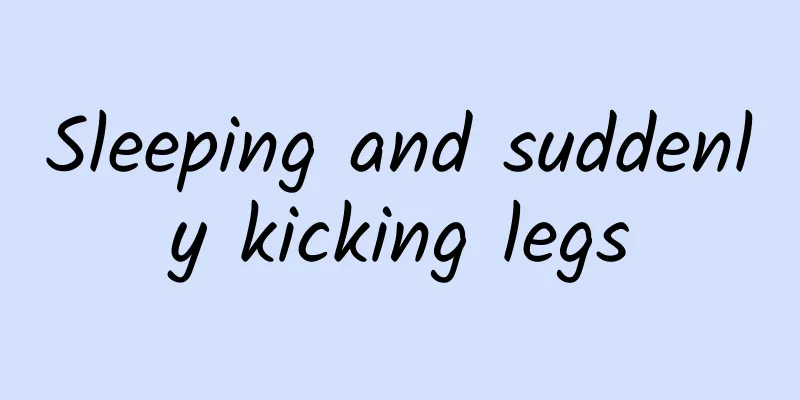Causes of facial nerve paralysis

|
Facial nerve paralysis is what we often call facial palsy. This is a relatively serious disease, also known as crooked mouth. It often causes a greater impact on facial appearance and causes crooked mouth and eyes. Sometimes some simple facial expressions cannot be completed. There are many causes of facial nerve paralysis, the most important of which are neuritis and peripheral facial neuritis. Causes of facial nerve paralysis There are many causes of facial neuritis. Clinically, it can be divided into central facial neuritis and peripheral facial neuritis according to the site of damage. The lesions of central facial neuritis are located in the corticobulbar tract between the facial nerve nucleus and the cerebral cortex, and are usually caused by cerebrovascular disease, intracranial tumors, brain trauma, inflammation, etc. Peripheral facial neuritis lesions occur in the facial nerve nucleus and facial nerve. The common causes of peripheral facial neuritis are: ① infectious lesions, mostly caused by the activation of viruses lurking in the sensory ganglia of the facial nerve; ② ear diseases, such as otitis media; ③ autoimmune reactions; ④ tumors; ⑤ neurogenic; ⑥ trauma; ⑦ poisoning, such as alcohol poisoning, long-term exposure to toxic substances; ⑧ metabolic disorders, such as diabetes, vitamin deficiency; ⑨ vascular insufficiency; ⑩ congenital facial nerve nuclear dysplasia. Clinical manifestations The symptoms are often paralysis of the facial expression muscles on the affected side, disappearance of forehead wrinkles, widening of palpebral fissure, flattening of nasolabial groove, and drooping corners of the mouth. When smiling or showing teeth, the drooping corners of the mouth and facial crookedness are more obvious. The affected side should not frown, knit brows, close eyes, puff out air, or purse lips. When puffing out cheeks and whistling, air leaks out because the lips on the affected side cannot close. When eating, food residues often remain in the buccal space on the affected side, and saliva often flows down from that side. Because the lacrimal points are everted with the lower eyelid, the tears cannot be drained normally and overflow. Most facial paralysis caused by facial neuritis is unilateral, and is more common on the right side. Most patients often suddenly find that one side of the cheek has difficulty moving and the corner of the mouth is crooked when washing their face or rinsing their mouth in the early morning. Some patients may have taste disorders in the front 2/3 of the tongue, hearing hypersensitivity, etc. Peripheral facial neuritis caused by trauma can be divided into two types: early-onset (facial paralysis occurs immediately after injury) and delayed-onset (facial paralysis occurs 5 to 7 days after injury). Based on the early or late occurrence and degree of facial paralysis after injury, electrical excitation and electromyography examinations can be used to evaluate the extent of facial nerve damage and determine the prognosis. |
<<: Why do young people have white hair?
>>: How to recover from hemiplegia
Recommend
How are hemangiomas formed?
Although hemangioma is a benign tumor, it is ofte...
How to get rid of epicanthus naturally
Eyes are the windows to the soul. Everyone wants ...
What should you do if your child has a bad spleen and stomach? Be alert to the three major symptoms of weak spleen and stomach!
The health of the baby is what parents are most c...
Will consanguineous marriages cause hereditary inheritance?
Marriage between close relatives can easily lead ...
Does dental floss make the gaps between teeth bigger?
Dental floss is a very good way to clean food res...
Is the low-density lesion in the right liver lobe serious?
During the examination, if a low-density lesion i...
The efficacy and function of Moringa seeds
Moringa seeds are a substance derived from the Mo...
What to do if you have gout in your feet
The symptoms of gout in the feet will cause job h...
What diseases cause blisters on the glans?
The glans is an important organ of men, and many ...
What causes fluid in the belly button?
There are three main reasons for liquid in the be...
Can chronic gastritis drink yogurt?
The increasingly fast pace of life has brought co...
What disease is bleeding teeth a sign of?
Teeth are one of the more sensitive parts of the ...
What are the effects and functions of Plantago
Plantain is also a kind of weed that we commonly ...
Is a weak positive ectopic pregnancy likely to be serious?
When testing with an early pregnancy test paper, ...
What are the common causes of itchy skin and blisters?
The hot summer is always accompanied by cool clot...









